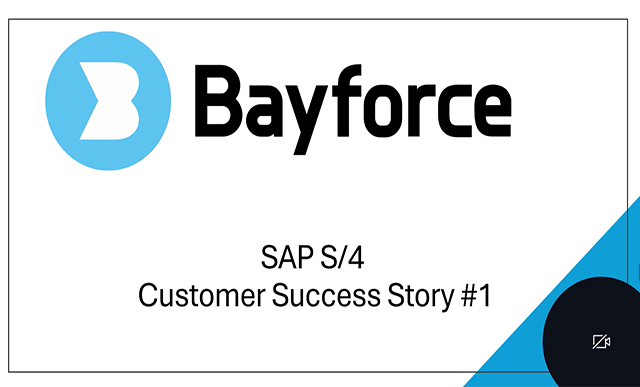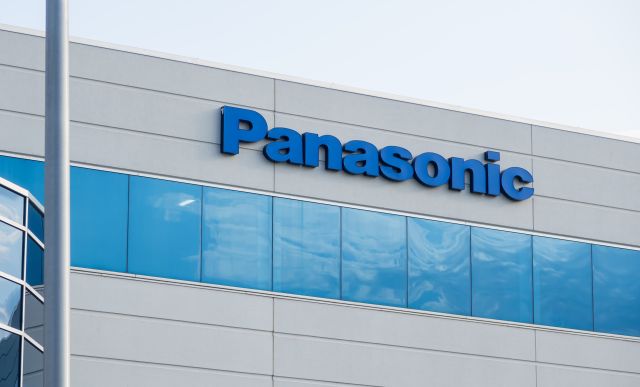SAP System Administration
With the criticality of SAP to the enterprise and the increasing complexity of SAP landscape, SAP Systems Administration is an increasingly vital function. Not only does this function have to manage today’s complex migrations including to SAP S/4HANA, they also have to ensure frequent updates and upgrades smoothly.
On a day-to-day basis, SAP Systems Administrators are are responsible for ensuring performance, reliability, and support of SAP application environments. Understanding the technical infrastructure standards and integration requirements is critical part of their job. They should also be managing capacity and ensuring performance along with the changing needs of the business such as seasonality. With the advent of cloud deployments, they often manage cloud capacity planning as well.
SAP System Administration
With the criticality of SAP to the enterprise and the increasing complexity of SAP landscape, SAP Systems Administration is an increasingly vital function. Not only does this function have to manage today’s complex migrations including to SAP S/4HANA, they also have to ensure frequent updates and upgrades smoothly.
On a day-to-day basis, SAP Systems Administrators are are responsible for ensuring performance, reliability, and support of SAP application environments. Understanding the technical infrastructure standards and integration requirements is critical part of their job. They should also be managing capacity and ensuring performance along with the changing needs of the business such as seasonality. With the advent of cloud deployments, they often manage cloud capacity planning as well.
SAP Systems Administrators monitor the performance of system applications. Automation and monitoring of performance, including new solutions such as AIOps, have entered the field.
With the pace of upgrades and updates ramping up, their role in change and release management has also become complex. They perform migration tasks such as change request review, software builds, release documentation, production issue resolution and tracking report distribution. This article Speed Up Process Change for SAP ERP talks about how to make ERP updates more agile.
In addition, they have a major role in developing and executing contingency plans in the event of system outages. They may have disaster recovery and business continuity plans and tools to ensure minimum loss to the business. They also provide support to the Service Desk.
SAP Systems Administrators are a key resource during deployment of new solutions and infrastructure. They often liaise with software vendors about security patches and updates. They develop plans to install these patches and test them. Keeping up with security patches and updates is very critical, as without them, the company is vulnerable to attacks. Read this article to understand the challenges of patching.
-

Optimizing SAP Infrastructure with HPE and SUSE
SAP experts from HPE and SUSE discuss how to modernize, optimize and protect your SAP IT estate.
-

-

-

- SAP System Administration
 Premium
Premium
From SAPinsider Las Vegas 2025: Panasonic North America Keeps CALM
Reading time: 5 mins
-

-

-

-

Featured Insiders
-

James Roeske
CEO, Customer Advisory Group
-

Damien Johnson
Global Chief Architect - RISE Ecosystems, SAP
-

Ann Largent
Sr. Solutions Engineer, enosix
Become a Member
Unlimited access to thousands of resources for SAP-specific expertise that can only be found here.
Become a Partner
Access exclusive SAP insights, expert marketing strategies, and high-value services including research reports, webinars, and buyers' guides, all designed to boost your campaign ROI by up to 50% within the SAP ecosystem.


